Marriage in the Forecast: The Link between Climate Change and Child Marriage
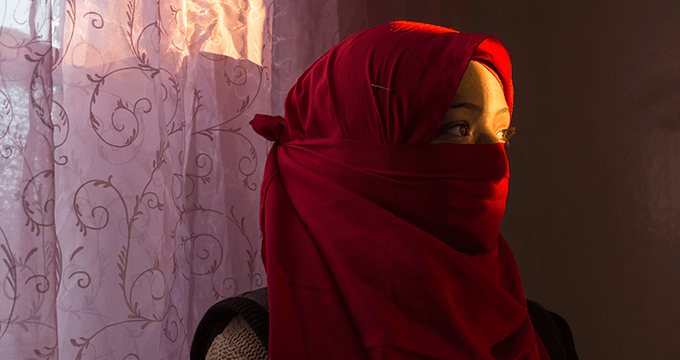
Deciding who and when to marry is a deeply personal choice. It can impact where you live, how many children you have, what level of education you can attain, and how financially secure you are. The consequences of forced marriage are dire. Every year, as climate change becomes more extreme and unpredictable, so too do girls’ futures.
Child marriage is often a family’s coping mechanism in the face of instability. As long as climate disasters become more frequent and extreme, child marriage will persist.
We work to support communities as they grapple with the social consequences of climate change, including ensuring that girls are free to decide for themselves when and whom to marry.
The link between child marriage and climate change
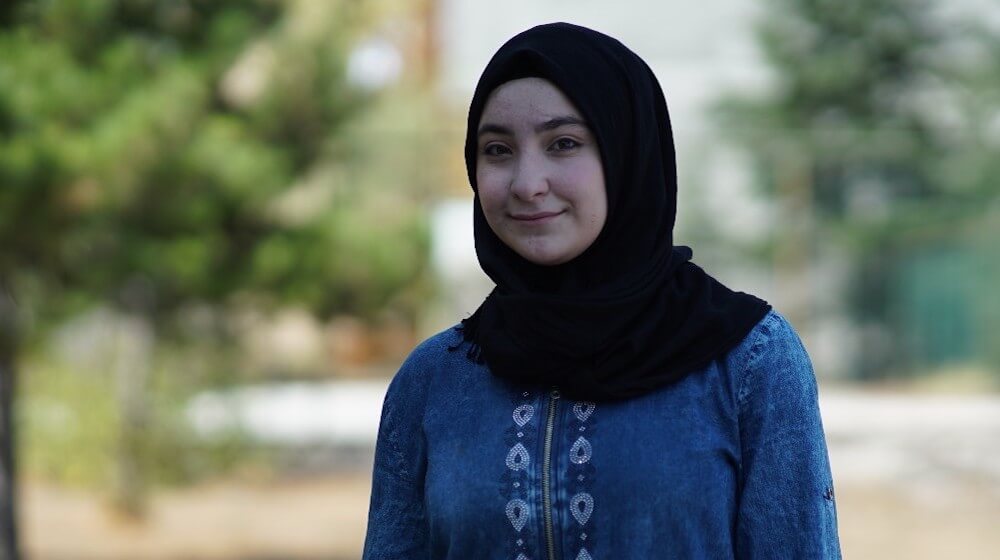
Already, we are seeing the devasting consequences of a warming planet. Fishermen, herders, and small-scale farmers are among those who have had to grapple with devastating droughts, floods, heatwaves, and hurricanes. For many of these people, climate change has completely altered the trajectory of their lives. The same is true for their daughters.
Climate change disproportionately affects poorer countries. When climate disasters happen, these communities are often less able to respond to disaster, leaving families at risk of further poverty, housing insecurity, food insecurity, conflict, and without access to health care. In times of instability or economic hardship, families may resort to child marriage as a source of income. Families also use child marriage to reduce the number of children to feed, clothe, and educate.
Monicah knows this all too well. She was just 10 years old when she experienced female genital mutilation and child marriage in Kenya, a country highly vulnerable to climate change. Her brother married her off to a man more than 3 times her age. As Monicah remembers, “My brother had ordered the marriage because he wanted the goats and cattle that could come as my bride price.”
Child marriage in Africa
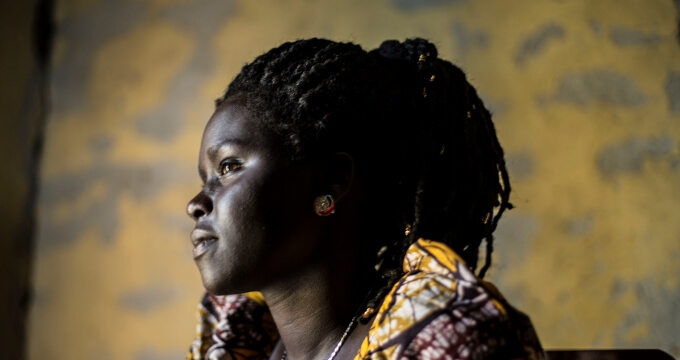
Tragically, stories like Monicah’s are common. Every day, 39,000 girls become child brides. Every year, this amounts to more than 14 million child brides around the world. Girls are most at risk in Sub-Saharan Africa, where 40 percent of girls experience child marriage. Africa is also the continent most affected by climate change. UNICEF predicts that by 2050, the total number of child brides in Africa—girls exactly like Monicah — could double to 310 million. Millions of girls desperately need your support to prevent this human rights abuse.
Already, we are seeing climate disasters reshape girls’ futures. In 2019, Cyclones Idai and Kenneth hit the eastern coast of Africa and sent Malawi, Mozambique, and Zimbabwe into crisis. The cyclones were the worst storms the region had seen in decades. More than 2 million people from their homes and reports of child marriage escalated in tent settlements as families grappled with sudden instability.
Factoring in gender inequality
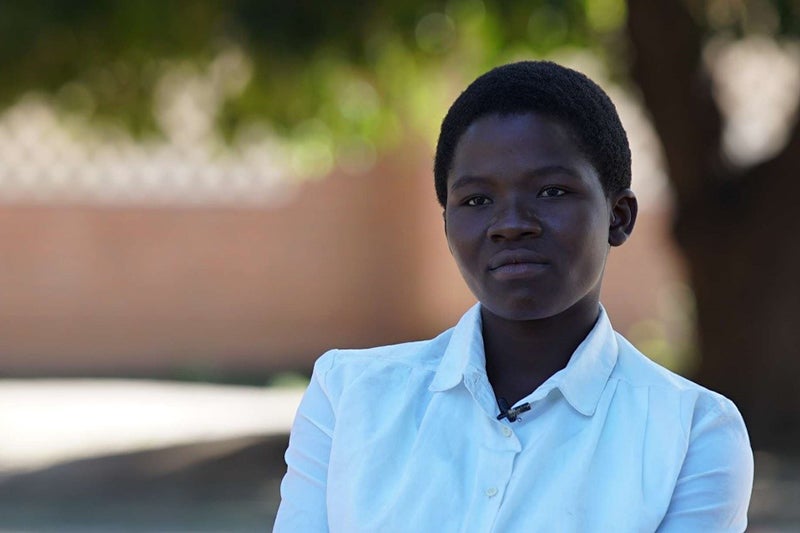
Families affected by climate change often have limited resources. They have to make decisions about how to best provide for all members of the family. Often, gender inequality plays into this decision. Families might opt to invest in sons, who often have greater employment opportunities, in hopes that they will support the family financially. By contrast, daughters might be married off because they are less able to earn an income and are seen as a burden. However, this practice contributes to a dangerous cycle of poverty. Because girls are seen as less able to earn an income, they are given fewer education opportunities to learn income-generating skills, and then are unable to find employment because they lack the skills. The World Bank finds that when girls are empowered to delay marriage, they become educated and employed. Ultimately, their families and communities are healthier and wealthier.
Families might also resort to child marriage as a way to preserve the family’s honor. Harassment and sexual violence tend to increase after climate disasters. When unmarried girls experience this violence, especially if the violence leads to pregnancy, their families and communities will sometimes see them as promiscuous or “asking for it.” This is never true. Survivors of violence are never to blame for the abuse they experience. Tragically, some in Bangladesh and elsewhere around the world view child marriage as a way to prevent their daughters from experiencing sexual violence and bringing shame to the family.
Child marriage for protection
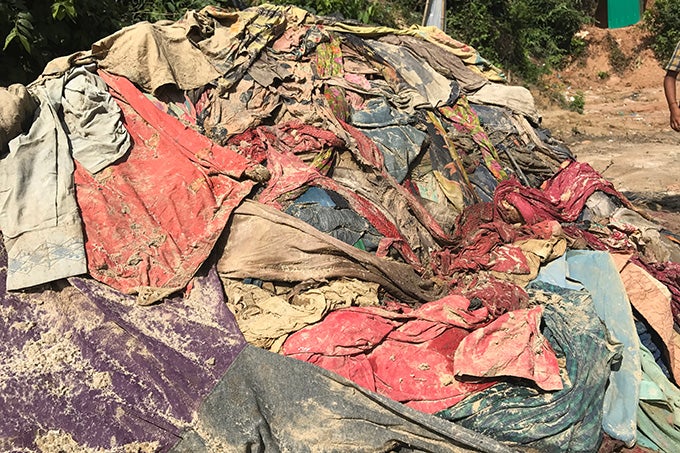
Bangladesh is also incredibly vulnerable to climate change. In addition to recurrent flooding and cyclones, Bangladesh is home to over 1 million Rohingya refugees. UNFPA has seen increases in child marriage in refugee camps as a result of insecurity from climate change disasters. The father of one Rohingya girl explained, “Since we fled to Bangladesh, we have lived in tents which are entirely made of plastic. There is no security so, we have great difficulty looking after our children when they become teenagers. We fear that someone could make a mistake or violence towards our daughters. Although our daughter is under 18, we gave her away in marriage when we got a proposal from another family in hope that the husband would take care of her and her life would be better.”
When worried parents resort to child marriage to protect their daughters’ from violence, they often don’t consider their sons-in-law to be a potential source of abuse. Married girls experience higher rates of violence—physical, emotional, sexual, and financial — than their unmarried peers. Child brides are also less likely to continue their education and are more likely to become young mothers. Teenage pregnancy can lead to a lifetime of poverty. Further, it is dangerous. More teenage girls die from pregnancy and childbirth complications each year than anything else. We all must affirm the rights of girls and protect them from child marriage, no matter what.
Ending this human rights abuse
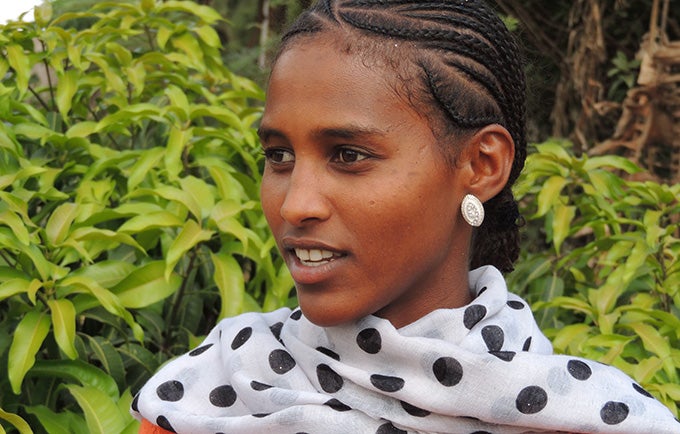
Last year, we supported child marriage prevention and protection services for 1,703,373 girls. This work includes reaching girls with comprehensive sexuality education, so they understand their bodies and rights. It also includes educating parents and communities on the rights of their daughters. At the national level, we advocate for laws setting the minimum age of marriage at 18. We also provide girls who have married with family planning, prenatal and safe delivery care, support for gender-based violence, and skills training programs, so they can become economically independent from their partners.
With your support, we can reach even more girls at risk of dangerous child marriage in the aftermath of climate change disasters. We can end this human rights abuse for good.
-Dana Kirkegaard